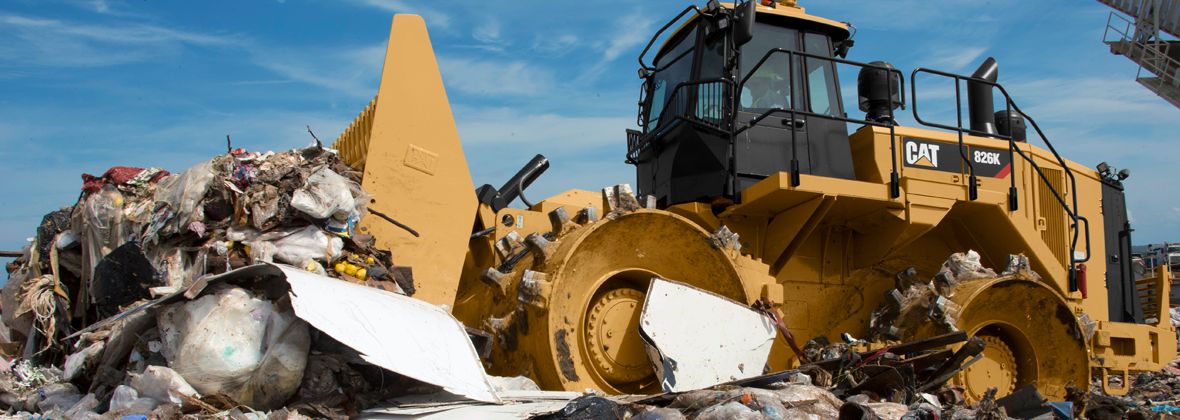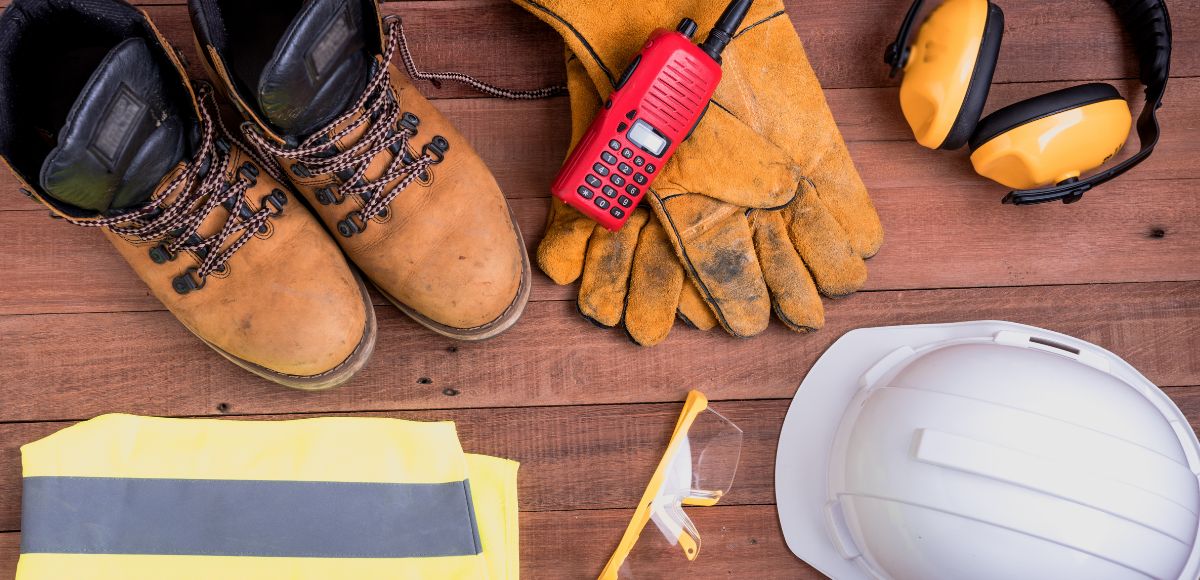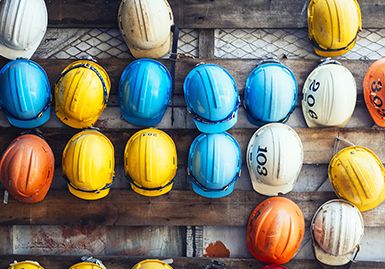Mining is a highly specialized, intricate and demanding process that can yield valuable results. Understanding the key concepts about mining, as well as the heavy equipment and technology used to enable modern workflows in the industry, can help business owners entering the field for the first time - even if they have prior experience.
Let's review a few important considerations, including the mining cycle, resources needed for successful mining and the machinery and technology used in mining.
The mining cycle has five major stages, according to the Nova Scotia Department of Lands and Forestry:
1. Exploration, where potential new mines are provisionally identified and targeted for additional investigation.
2. Discovery, where a specific location is confirmed and a significant portion of the legal workaround mining begins.
3. Development, where the feasibility of the site is proven and construction starts, among many other foundational processes.
4. Production, where the mine is active and produces the desired resource.
5. Reclamation, where the mine is closed down and a variety of efforts to safely shutter in and ensure the surrounding environment doesn't face any major negative effects.
In some cases, the exploration and discovery components are combined as a single stage, but the overarching structure remains the same. The mining cycle is a core operational and financial consideration for all businesses in the industry. From crushers and dozers to wheel loaders and trucks, it’s important to have the right equipment at work for each phase. Staffing the right personnel from geoscientists to skilled miners and reclamation experts is also critical to success.
It's impossible to quickly encapsulate the complete list of resources potentially needed for mining. The type of mine and raw material, location of the site, scale of the operation, presence of potential hazards and other factors all have an influence, so each mine is a unique entity in some way. However, certain considerations are common across many mining projects. Appropriate funding is necessary from environmental protections to paying staff. This high level of financial commitment means mine owners are typically more interested in strategies for generating and improving cash flow. A wide range of machinery is also required, from underground mining equipment like mining loaders to heavy-duty trucks on the surface.
Although not a physical resource, a established safety culture is vital due to the risks that are present in mines. Effective strategies for keeping the worksite safe and building an effective culture around personal safety are crucial for a healthy, productive operation.
Mining operations rely significantly on technology and machinery to do everything from creating the mine itself to reliably and safely extracting the raw material within. Whether it's gold mining equipment, tools for rock excavation or many other types of heavy machinery, they fill key roles when mining. Some common types of mining equipment include:
Mining equipment has to deal with tough conditions and long hours of operation on a regular basis. When you lease or finance heavy machinery for mining, consider an Equipment Protection Plan that allows you to have peace of mind about the level of service your mining machinery receives while keeping those costs more predictable. You should also review your company's own approach to heavy equipment maintenance, making sure regular inspections take place and a proactive attitude that can help reduce downtime is encouraged.
To learn more about how we can help your company finance mining heavy equipment, get in touch today.
Find in-depth articles to answer your questions about construction equipment financing, and expert tips to help you navigate today's economy as a successful business.
Whether you finance, rent or own heavy equipment, keeping it in good working order is vital to the success of your business.
Get Maintenance TipsHow you prepare for a natural disaster can mean the difference between being in as good of a position as possible to resume operations.
How to PrepareSafety should be the number one concern for construction companies of any size. It is your responsibility to keep employees, onsite contractors, and visitors safe at all times regardless of the project or location of the job site.
Safety StrategiesA strong, consistent, and proactive safety culture can go a long way toward preventing accidents among employees and reducing the negative outcomes that arise from on-the-job injuries.
Safety Tips


